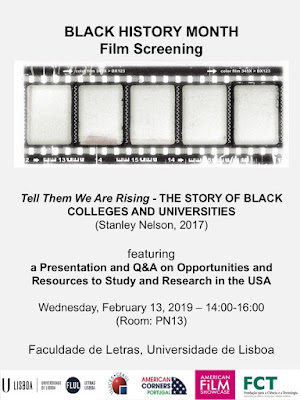Nite Owl- Daniel Dreiberg
Atributes:
Physical- middle aged man, tall, handsome, slighly out of shape, wears glasses. In costume wears goggles and cape.
Psychlogical- calm, reserved, rule abiding, controlled, wise, conformist, intelligent
Costume and symbolism
Owl: associated with the night, to wisdom and stealthiness. His goggles can be seen as his awareness.
Heroes or other pop culture artifacts that may allude to:
Batman: both characters choose a night animal as a symbol for their super hero persona; both Batman and Nite Owl don't have a particular superpower, but use their money and intelligence to build all sorts of gadgets that help them fight crime.
Emblematic scene, chosen from the book with analysis: pages 232-233
It is in this scene where Nite Owl puts on his suit for the first time in a long time, to go rescue the people from a burning building. It is a fulcral moment for the character who up until then had shown his insecurities and lack of interest in coming back to the superhero world.
Other aspect of this scene was the fact that when Daniel Dreiberg was naked, he showed his vulnerability and the conflict of emotions he felt on putting the suit on and becoming Nite Owl. However, when in costume, this position changed, he lived up to his hero persona and revealed that he was in fact in control.
Silk Spectre
Physical attributes: sensual (even in the name), attractive, wears flimsy clothes, one is blonde and the other brunette
Psychological: she lives to support (the man is the head and the woman is the neck), either Nite Owl or Dr. Manhattan), divided between supermen; has daddy issues; reified by men; impulive.
Her costume: pleases a male audience but might also indicate some autonomy; her skirt (as opposed to pants) might lend her some vulnerability; the suit is reifying
Emblematic scene: the burning building, where she takes action and is alone in the panel (?)
The Comedian
Physical attributes: smiley face, joker-style; worked out with muscles, strong, tal, white, moustached, middle-aged man with the body of a soldier.
Psychological attributes: pessimist, laughs in order to stay sain, aggressive, disturbed, nihilist, arrogant, insensitive
Costume and symbolism: the star on one shoulder and the stripes on another, alluding to the American flag; he believes in the American Dream (?) and fights for his homeland; the smiley face on his shoulder represents the reaction to the evil of humanity, through humour.
Costume and symbolism: His costume reminds of Captain America, but he is a raper
Emblematic scene:
















